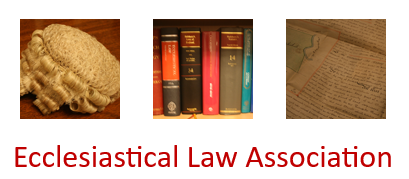The petition proposed an extensive re-ordering of the church, including an extension to the north side of the church, to house WCs and a room for boilers; glazed doors for the porch; a new floor with underfloor heating; replacement of pews with chairs; re-siting of the rood screen and font; replacing the organ; new lighting; and creating a new kitchen with meeting room over it. The acting Deputy Chancellor approved the proposals, except for outer glazed doors to the porch (whilst allowing inner glazed doors), the creation of a meeting room above the new kitchen, and the introduction of steel framed chairs with wooden seats and backs, but indicating that he would approve all-wood stacking chairs.

